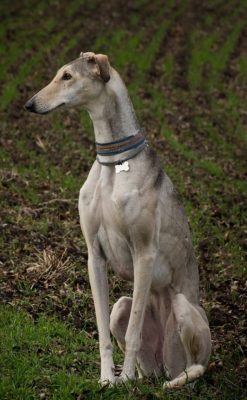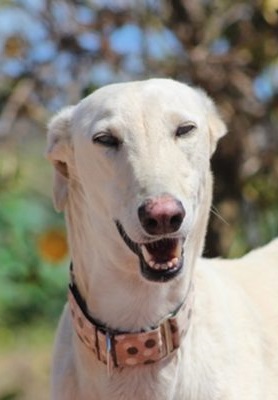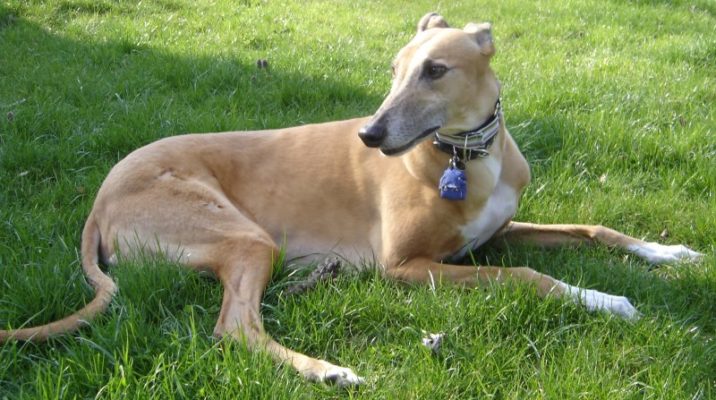Chortai
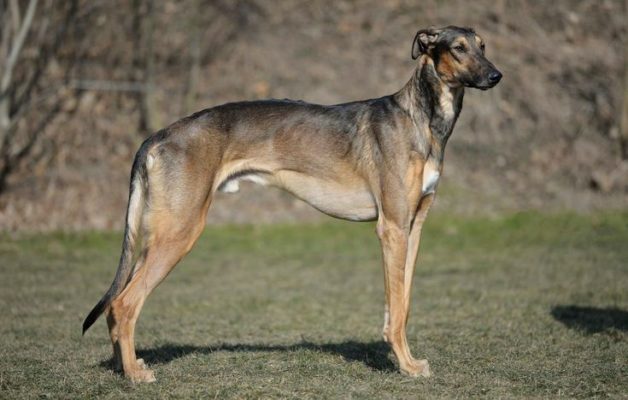
Compared to other greyhounds, members of the breed are wise and independent. Since hounds are in close contact with people, dogs, and other animals, aggression is not peculiar. In the past, in case of aggression, pets were destroyed. Chortai is trusting and can believe even a stranger. Therefore, by nature, they are not designed for protection. But because of their good sense of smell and hearing, they will warn the owner with their voice about the danger.
Table of Contents
Breed Information
| Another Name | Chortaj, Eastern Greyhound, Russian Greyhound |
| Origin | Ukraine, Russia |
| Height | Males 65-75 cm Females 61-71 cm |
| Weight | 18-35 kg |
| Fur | Short |
| Color | Black, white, tiger, cream, sable, red |
| Lifespan | 14-15 years |
| FCI Classification | Breeds outside the FCI classification |
| Group | Hunting dogs |
| Price | From $250 |
Breed Photos
Origin History
Images of the breed’s ancestors have been found on Scythian gold ornaments of the fourth century BC. The first mentions of Chortai are found in famous Russian cynologists Machevarianov (1876) and Gubin (1801). When creating the breed, breeders relied not on appearance but working abilities. The steppe conditions required a dog that would hunt foxes, hares, ungulates, wild cats, saigas, and other dexterous animals. Therefore, most representatives of the breed were mestizos without pedigree.
Breeders Esmont and Lerche adopted the first standard for the breed in the mid-20th century. The number of Chortai began to grow. But in 1923, all Eastern Greyhounds were exterminated. Later the Second World War began, after which only single representatives of the breed remained. Today the dogs are popular in the steppe regions of Ukraine and Russia. In most cases, they are used by hunters to catch a game. The standard of modern representatives was adopted in 1953.
Appearance
The exterior of Chortai is similar to that of typical greyhounds. The body is strong and narrowed. Muscular loin and strong back with pronounced withers. Small head with a narrow, dry muzzle. Darker shading on the nose. Clear, large brown eyes. White teeth with a scissor bite. Relatively small ears set low. The tips are set forward or to the side. The tail is long and stooped down. The long, dry legs are placed in parallel. The hind limbs are slightly pulled back.
A smooth coat is tight to the body. The hair is elastic, straight, without waviness. Color is allowed as monochromatic and zoned: black, pale, murugyi, gray, tiger, white with feathers, etc.
Character
Compared to other greyhounds, members of the breed are wise and independent. Since hounds are in close contact with people, dogs, and other animals, aggression is not peculiar. In the past, in case of aggression, pets were destroyed. Chortai is trusting and can believe even a stranger. Therefore, by nature, they are not designed for protection. But because of their good sense of smell and hearing, they will warn the owner with their voice about the danger.
Even city dogs have a pronounced hunting instinct. They are venturesome and brave. Quickly and effectively dispose of the beast. So watch out for small animals if they live under the same roof. An adult, socialized dog follows the rules and will not hunt domestic animals.
Care
Chortai has almost no undercoat. Therefore, the dog does not need careful grooming. Comb your pet regularly with a hairbrush or a mitten. After walks in the woods, inspect the skin for ticks and other comas. If the dog lives in the house, wash his paws daily. Do not bathe more than twice a year. Teach your pet to brush his teeth, eyes, and ears from an early age.
Training
Dogs lend themselves well to training. Puppies of working parents may not learn commands that are not hunting commands well. In this case, a pronounced hunting instinct is noticeable from the age of two months. The stamina of the hound allows it to work around the clock.
Animals need intensive training and long walks. The breed standard describes an obedience clause even during excitement. But cynologists advise not to distract the pet if it is busy with activities. In a moment of concentration, the dog enters dangerous turns with precision.
Common Diseases
Chortai is a dog with good health. With proper care, regular training, and a complete diet, they live up to 15 years. Puppies are recommended to be vaccinated, as Eastern Greyhounds can get complications from enteritis and distemper. Like other breeds, dogs need regular examinations by a specialist for hereditary diseases. Common ones are:
- hip dysplasia;
- elbow joint dysplasia;
- liver pathology;
- diseases of the gastrointestinal tract.
Nutrition
The innate fast metabolism ensures the energy supply of all organs. Therefore, the pet’s diet should be high in calories with sufficient carbohydrates and protein. Porridges, both boiled and crushed (oatmeal), are suitable. The gastrointestinal tract of Chortai does not digest pork, so it is recommended to remove it from the diet. Small animal carcasses and meat by-products will do. Among vegetables, choose carrots, beets, cabbage, and potatoes. Also, Eastern Greyhounds love cottage cheese, hard cheeses, and other fermented dairy products. If there is no opportunity to prepare natural food for the dog, premium and super-premium foods are suitable.
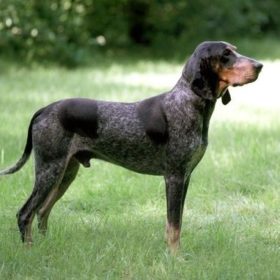 Lucerne Hound
Lucerne Hound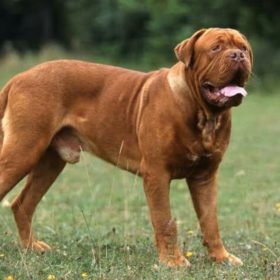 Dogue de Bordeaux
Dogue de Bordeaux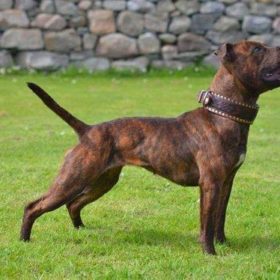 Staffordshire Bull Terrier
Staffordshire Bull Terrier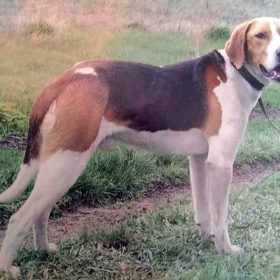 Russian Harlequin Hound
Russian Harlequin Hound Italian Greyhound
Italian Greyhound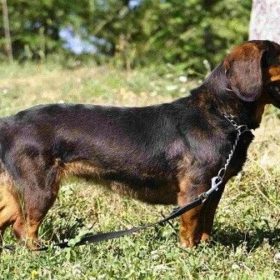 Alpine Dachsbracke
Alpine Dachsbracke